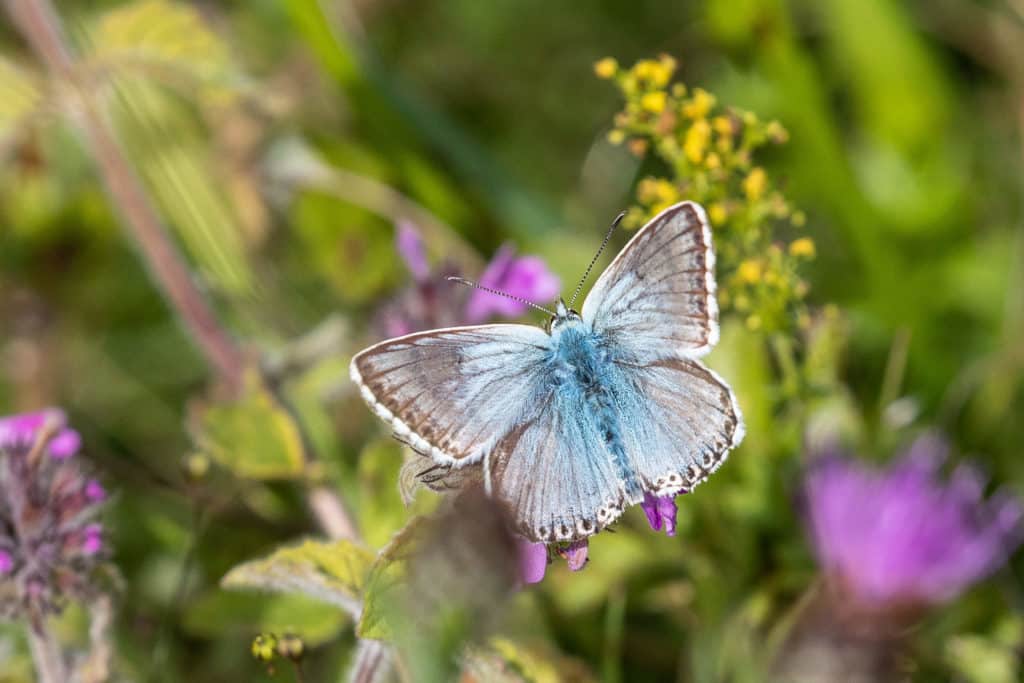At a time when we have all revelled in the countryside around us, we explore the vital work of the Chiltern Society
One shared experience of the past 18 months must be our intensified connection with nature. People have found strength and comfort in the stunning countryside that makes the Chilterns – the 650 square miles of iconic rolling hills stretching from Hitchin in Hertfordshire to Goring-on-Thames in Oxfordshire – so special.
The impact of this connection is far reaching. More people are ‘hybrid working’, meaning we can live away from the urban sprawl, driving the demand for new housing and infrastructure. And our desire to be outdoors has given nature reserves and landowners alike the chance to promote the Countryside Code to new visitors.
The opportunities – and contradictions – this presents are not lost on charities including the Chiltern Society, which has been on a 60-year mission to campaign for, promote and conserve this remarkable landscape. The charity manages 12 conservation sites and has an army of volunteers who work with partners to maintain and improve green spaces, footpaths and heritage sites across the Chilterns.

“Covid-19 has changed the way we work, travel and spend our free time,” says Tom Beeston, chief officer at the Chiltern Society. “We believe there is a chance to put nature at the centre of our ‘new normal’. It is possible to tackle the risks facing the Chilterns, while bringing growing urban and rural communities closer to nature.”
The Chiltern Society has recently responded to the Three Rivers Local Plan, appealing to the Council to use it to make a bolder commitment to Biodiversity Net Gain, nature recovery and reducing the impacts of climate change. While applauding the plan’s proposal to make use of existing built-up areas, the charity’s Planning Group has raised concerns about the huge amount of Green Belt proposed for release to development, with specific objections to large developments on sites to be removed from the Green Belt at Maple Cross, Mill End, Kings Langley, and Batchworth Golf Course.
Yet Beeston is positive. “Chiltern Society’s committed and informed force of members and volunteers are making the difference,” he says. “Whether it’s businesses seeking advice to reduce their carbon footprint or our volunteers improving nature reserves and reviewing planning applications, we are lucky people living here care so passionately and want to work together to connect with and protect our countryside.”
As a charity, the Chiltern Society relies on the generosity of its members and dedication of its volunteers to protect the landscape for future generations. If you want to get involved with the Chiltern Society’s work or become a member to ensure it can continue tackling these evolving challenges to protect, preserve and campaign for the Chilterns now and in the future, visit chilternsociety.org.uk







